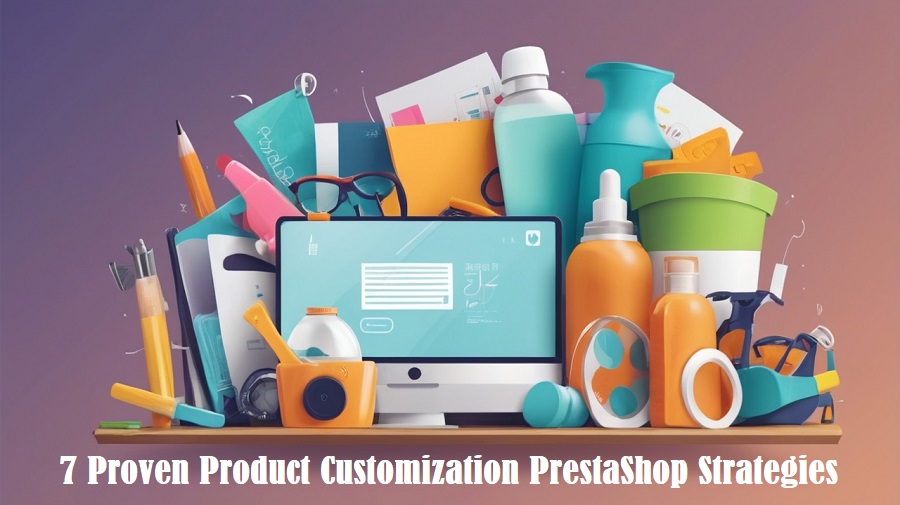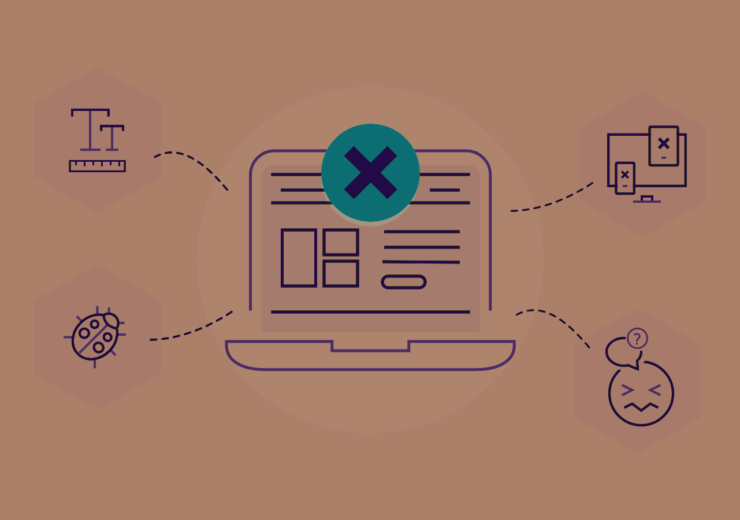7 Proven Product Customization PrestaShop Strategies

Introduction
In the current e-commerce competitive setting, offering private shopping experiences matters more than before. Consumers look for products appropriate to their own tastes, wants, and needs. Product tailoring PrestaShop became an effective weapon of online store shopkeepers at the time. By allowing customers to personalize products, you can increase user satisfaction, drive engagement, and maximize sales. In this article, we will discuss seven tried-and-tested methods to dominate product customization PrestaShop so that your online store remains at the forefront.
1. Leverage Built-In Customization Options
———————————
PrestaShop has inherent customization tools through which customers can easily personalize products. The available options include the addition of text, uploading a picture, and choosing product features like color, size, or material. Through these inbuilt tools, user experience is not only improved but also the process of customization becomes easier. Make sure to turn on and set up these options to give the best shopping experience. Further, providing multiple fields for customization, such as engraving or personalized messages, can provide a personalized shopping experience that appeals to consumers.
2. Integrate a PrestaShop Custom Product Designer
———————————
For further advanced personalization, adding a PrestaShop custom product designer module takes it to the next level. These modules come with interactive design tools, enabling customers to see their customizations in real-time. From designing special t-shirt art to personalizing promotional items, these designers allow endless creative freedom. Selecting a minimalist and responsive design tool optimizes customer engagement and boosts conversion rates. Besides, you can offer customization templates for new users, guiding them through the design process step by step without confusing them.
3. Offer Dynamic Preview Options
———————————
Allowing customers to see a live preview of their customizations can significantly increase purchase confidence. Dynamic previews present how the end product appears, minimizing returns and dissatisfaction. Select modules that enable high-quality image rendering and responsive previews, providing an engaging shopping experience on every device. Furthermore, incorporating a zoom feature for previews allows customers to examine finer details, enhancing the perceived value and quality of your product.
4. Implement Conditional Logic for Personalization
———————————
For enhanced user experience, use conditional logic to display customization options pertaining to the respective choices of each customer. For instance, if a user selects a color for a shirt, designs that would look good with the selected color alone should be displayed. This smart filtering helps customers make informed decisions and facilitates the design process, reducing decision fatigue. Conditional logic also supports tiered pricing by customizations, which enables you to maximize returns while providing tailored shopping experiences.
5. Enable Social Sharing of Custom Designs
———————————
Including social sharing facilities can extend the reach of your brand. If customers create bespoke products, they tend to share them with others in their network. Include social sharing buttons for users to post their custom products on sites like Instagram, Facebook, or Pinterest. This is not only enhanced brand visibility but also organic traffic to your website. User-generated content through a branded hashtag additionally increases social proof and can be a viral marketing phenomenon.
6. Utilize Customization for Cross-Selling and Upselling
———————————
Take advantage of customization as a way to recommend related products. For example, if a customer personalizes a backpack, recommend corresponding accessories such as water bottles or keychains. This tactic makes the shopping experience better while driving average order value up. By grouping customized items with similar items, you create a streamlined shopping experience that makes customers spend more.
7. Optimize for Mobile-First Experience
———————————
Use customization as a chance to recommend complementary items. For example, if someone customizes a backpack, recommend corresponding accessories such as water bottles or keychains. This method makes the shopping experience better and boosts the average order value. By pairing customized products with corresponding items, you have a cohesive shopping experience that makes customers spend more.
Conclusion
Product personalization has emerged as an integral component of the contemporary e-commerce solution to make the experience personalized for customers. Following these seven strategies, you can convert your PrestaShop store into a dynamic platform that offers customized, personalized shopping experiences. You should not miss leveraging product customization PrestaShop modules and adding a PrestaShop custom product designer to realize the real potential of your store. With the right strategies, you can build a loyal customer base and gain long-term growth.




